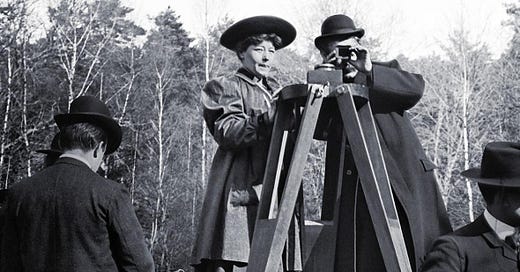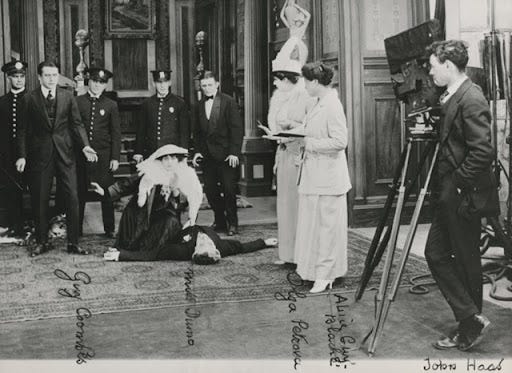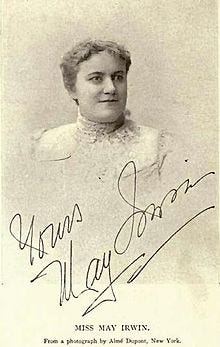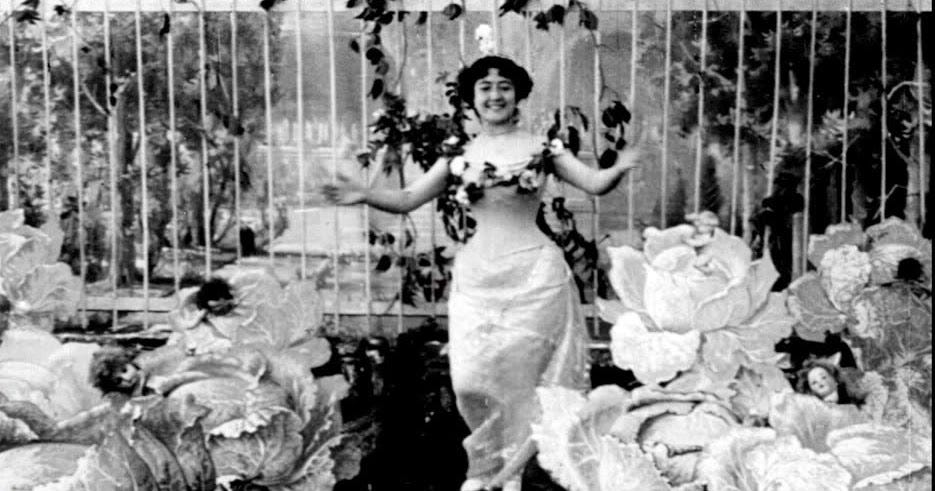Welcome to Fully Fifty-Fifty launch week!
For one week ONLY there is going to be a post every single day to get us off to a roaring start!
From Friday, we’re going paid, so make sure you grab the Early Bird 50% off your entire first year offer before Friday! Subscriptions are for the simple reason that the research that goes into creating these posts isn’t feasible without support. Your subscription covers my time plus all the research materials that make this series meaty.
So if you think the women of early Hollywood deserve their stories properly told, please consider hitting that subscribe button!
Just yesterday, in the year of our lord 2021, the Observer published this article, which proved, yet again, the need for this project!
For the best part of a century, female directors and screenwriters have been battling a industry that believes they a) don’t exist, and b) need to prove themselves in order to be given a chance to prove themselves… in perpetuity. This would be maddening enough, but when early female film pioneers invented everything from integrated distribution to the boom mic, it is infuriating.
So I thought it might be fun to go back to the very beginning, with the story of the dawn of film...
As with so many inventions, it’s hard to pin down exactly who came up with the idea for movies. You could even form an argument that shadow puppetry is kind of cinema, because it involves telling a story through projected image. In that case, cinema has been around since caveman times.
Most people consider the birth of cinema to be a night in Paris in 1895.
French brothers August and Louis Lumiére screened ten films, including one of a train arriving at a station. Allegedly people screamed and ran away thinking the train was going to hit them, which is unlikely to be true, but a fun thought. Despite the success of that night, the Lumieres weren’t big fans of film, declaring that “cinema is an invention without any future.”
Meanwhile in the States, Thomas Edison was producing a film called The Execution of Mary Queen of Scots. It’s literally that: a woman kneels down at the executioner’s block and gets her head chopped off.
Bearing in mind that it was made in the same year Fredrick Douglass died, it is really quite impressive. It is seconds long, a seemingly single wide shot, yet they manage to hide the cut where the actress (Update: since publishing this, I’ve read that Mary was in fact played by secretary and treasurer of the Kinetoscope Company, Robert Thomae) is replaced with the decapitated dummy impressively well. Have a look and see if you can spot it:
It’s ambitious (even today, most filmmakers would likely cut to a different angle then back to the wide), and shows just how bold and creative filmmakers were right from the off.
There’s no narrative in The Execution of Mary Queen of Scots. The entire spectacle is the novelty of thinking for a second that an actress has been decapitated. So there we have it: the first movie ever made on American soil and it features violence against women.
The first American drama is popularly considered to be The Kiss, made a year later in 1896, also the Edison company.
It’s twenty six seconds long so there’s not a lot of twists and turns, but there is a tiny bit of story. Basically, a couple is sort of nuzzling each other, then she appears to complain about his moustache. He smooths it out the way and he gets a snog.
The end.
Soo… it’s basically the original romantic comedy in which a schlubby guy makes the tiniest modicum of effort towards self improvement and hey presto, gets the girl.
Incidentally, though, the female star of The Kiss is May Irwin, a major vaudeville and Broadway star, and her co star, John C Rice, was much less well known.
At the same time this was all going on, across the Atlantic in Paris, a young secretary named Alice Guy was working at a photographic studio.
She attended that famous exhibition of the Lumiére brothers films (no word as to whether she ran away from the train). According to her granddaughter Regine Blaché-Bolton, Alice had the idea for making a story film in 1895. She spoke to her boss, Leon Gaumont, who dismissed the notion as a “silly, girlish thing to do,” but allowed her to go ahead as long as it didn’t interfere with her secretarial duties. Just over a decade later, Alice opened the first movie studio in New York. She is not the first female head of a studio, she is the first head of a studio.
The first petit histoire movie she made in 1896 was called The Cabbage Fairy, a fairy story about children who grow in a cabbage patch (so I guess she also invented Cabbage Patch Kids?)
While Edison was chopping women’s heads off and having a couple kiss for 26 seconds, Alice Guy was experimenting with close-ups, double-exposures, fade-outs, location shooting and even sound and colour. She and her (then future) husband were keen members of an am dram society, so roped actor friends into what her biographer Alison McMahan explains were movies in which “women also worked and played in the world alongside men” and “began to articulate a female address, a layer of messages aimed at women.”
While Queen Victoria was on the throne.
In Women Filmmakers in Early Hollywood, Karen Ward Mahar describes a 1906 Guy film in which a
…visibly pregnant woman gives into a craving for sugar, and sucks on the phallic sugar stick in a very suggestive manner. Importantly, the focus of this film is a woman who is satisfying her own desire, not unconsciously providing visual pleasure for men in the audience.
Edison can claim to have invented movies all he likes, but for me, the grandmother of film is unquestionably Alice Guy. Somewhat depressingly, in 1912, she made a film called In The Year 2000, about a time when women run the world. I won’t tell her if you won’t...








